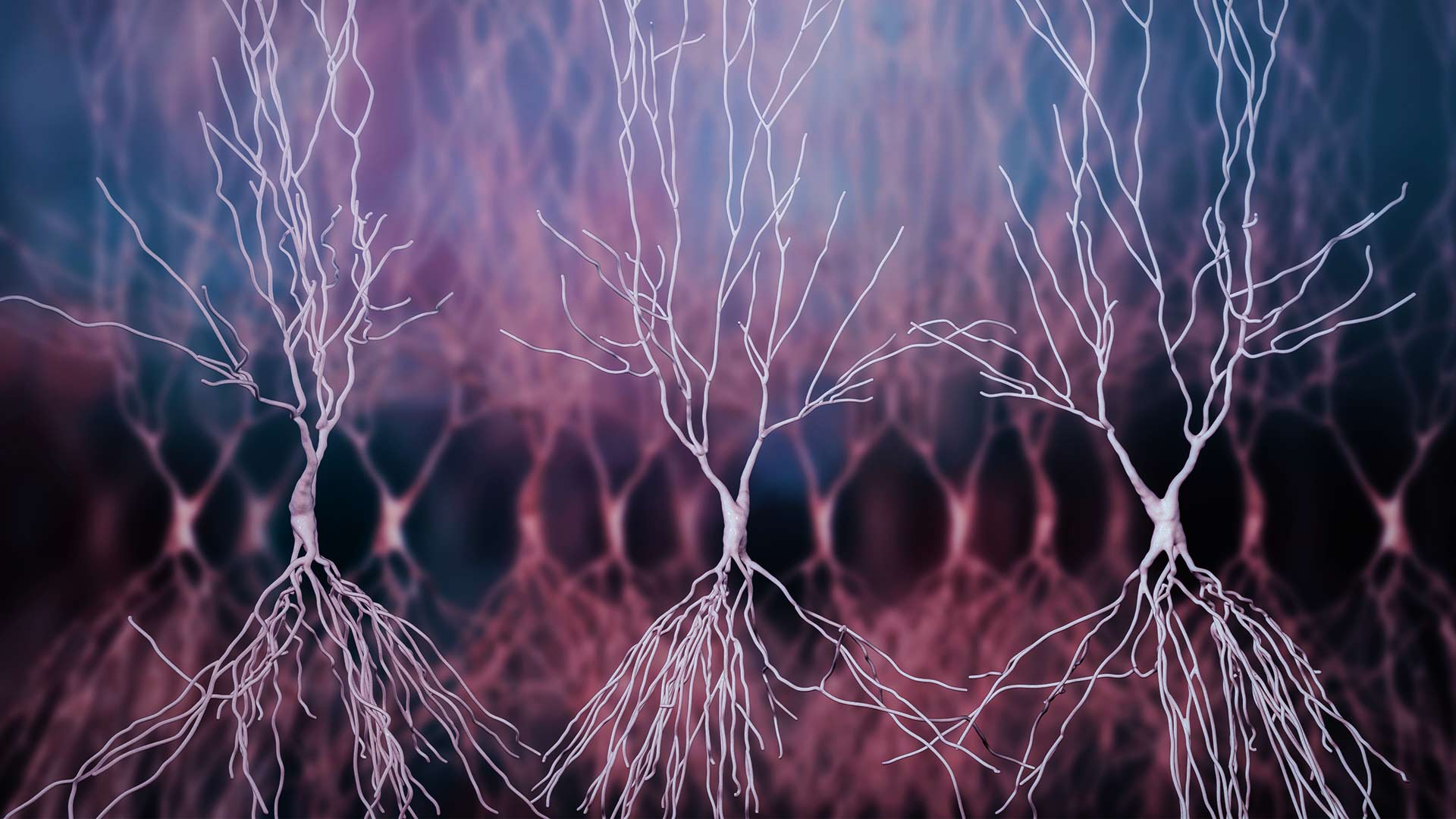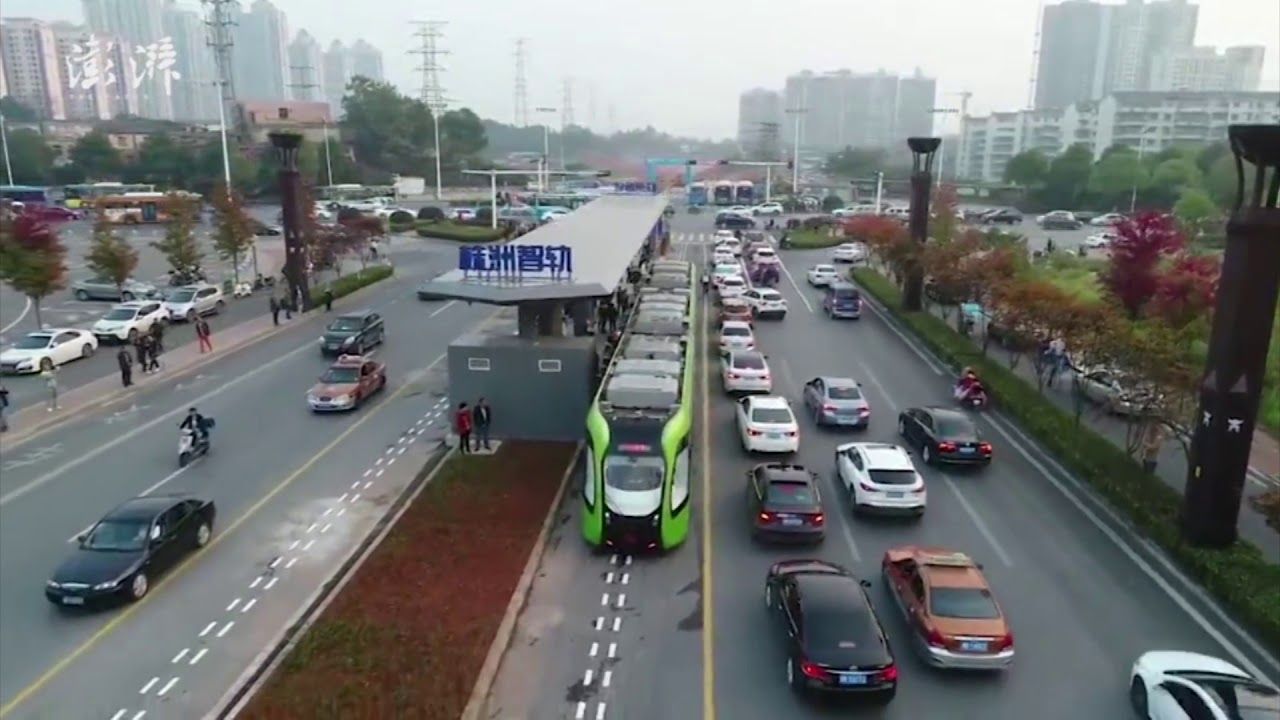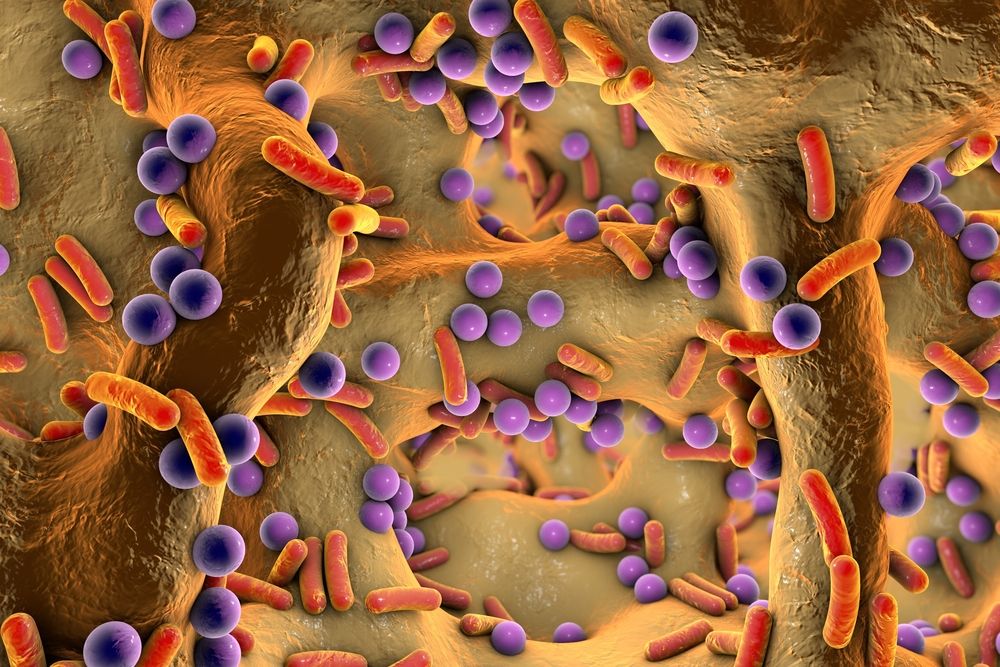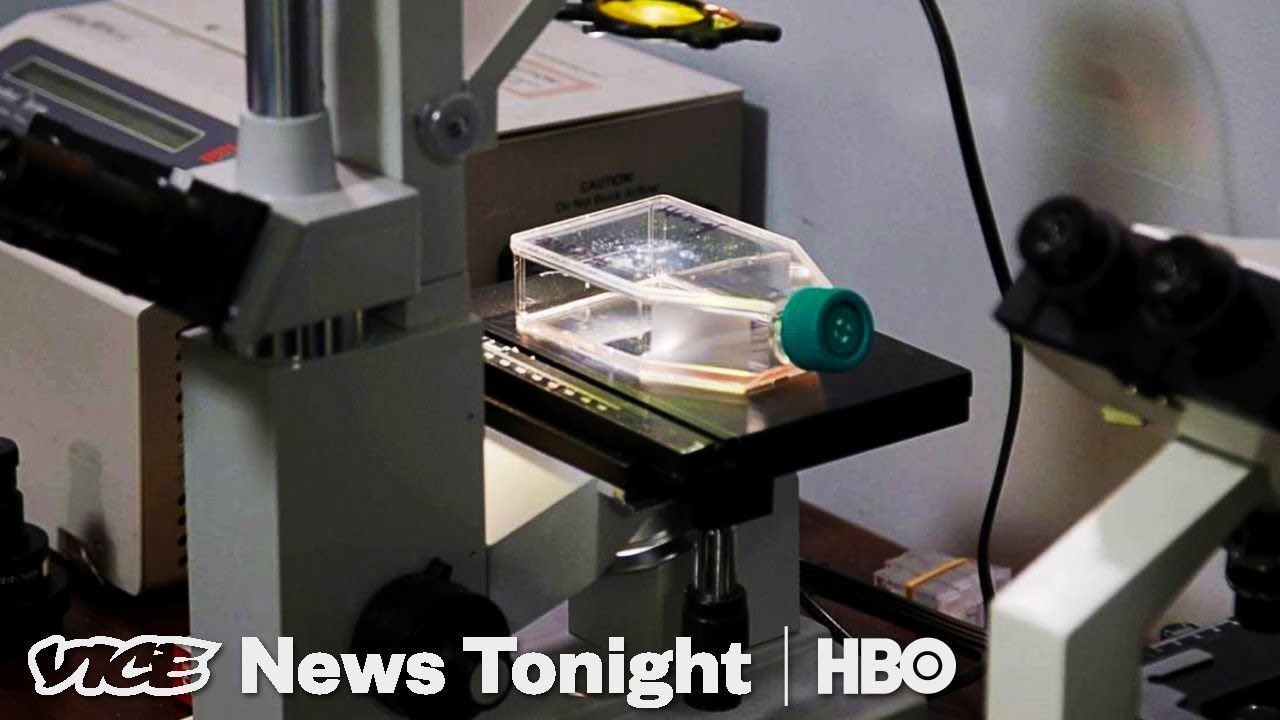DeepMind is providing more research to show how neuroscience can inspire more sophisticated AI.
There’s a cognitive quirk humans have that seems deceptively elementary. For example: every morning, you see a man in his 30s walking a boisterous collie. Then one day, a white-haired lady with striking resemblance comes down the street with the same dog.
Subconsciously we immediately make a series of deductions: the man and woman might be from the same household. The lady may be the man’s mother, or some other close relative. Perhaps she’s taking over his role because he’s sick, or busy. We weave an intricate story of those strangers, pulling material from our memories to make it coherent.
This ability—to link one past memory with another—is nothing but pure genius, and scientists don’t yet understand how we do it. It’s not just an academic curiosity: our ability to integrate multiple memories is the first cognitive step that lets us gain new insight into experiences, and generalize patterns across those encounters. Without this step, we’d forever live in a disjointed world.









